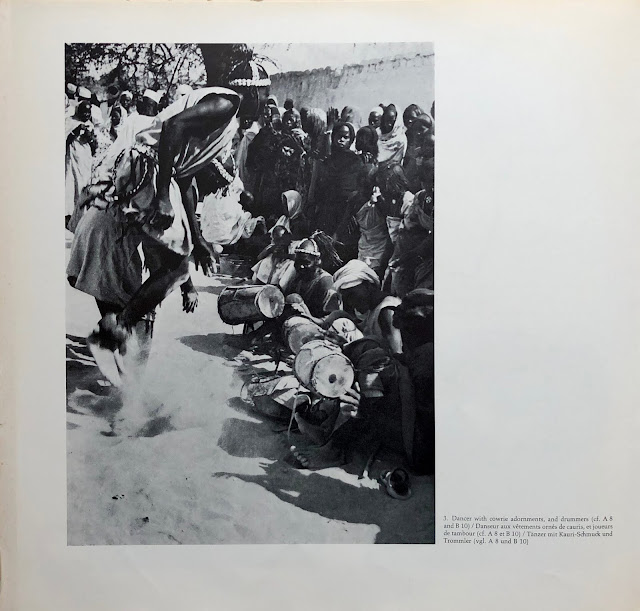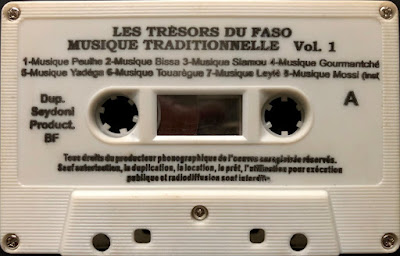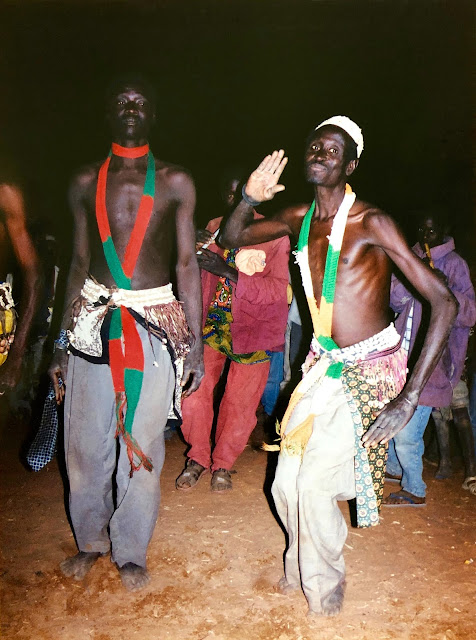Sunda – Gamelan Degung directed by Enip Sukanda (suling) – Collection Musique du Monde 5 – Galloway Records GB 600 524 B, recorded by Jacques Brunet in 1972 (LP).
After our presentation of gamelan court music from Central Java, we now showcase the distinctive Sundanese Gamelan Degung, created in West Java at the end of the 18th century to accompany court dances and perform at marriages.
This excellent LP from the impressive Galloway Records gamelan music series – many recorded by Jacques Brunet – features the Damas Gamelan Degung ensemble directed and accompanied by Enip Sukanda on the suling flute. Despite having four-holes only, this bamboo flute is highly versatile and expressive through the mastery of tone-changing airflow speeds and a variety of effects, such as puruluk, a sound resembling the cooing of a dove, and circular breathing techniques to ensure a regular, uninterrupted lyrical flow, even in moments of percussive climax.
The suling master’s delicate, contemplative flights interweaving with poised, ethereal gongs and percussion generate a deep, soft, and poetic tension that lingers on.
Suite à notre présentation du gamelan de cour du Java central, nous partageons maintenant du gamelan degung soundanais créé dans l’ouest de Java à la fin du XVIIIe siècle pour accompagner les danses de cour et jouer lors de mariages.
This excellent LP from the impressive Galloway Records gamelan music series – many recorded by Jacques Brunet – features the Damas Gamelan Degung ensemble directed and accompanied by Enip Sukanda on the suling flute. Despite having four-holes only, this bamboo flute is highly versatile and expressive through the mastery of tone-changing airflow speeds and a variety of effects, such as puruluk, a sound resembling the cooing of a dove, and circular breathing techniques to ensure a regular, uninterrupted lyrical flow, even in moments of percussive climax.
The suling master’s delicate, contemplative flights interweaving with poised, ethereal gongs and percussion generate a deep, soft, and poetic tension that lingers on.
Suite à notre présentation du gamelan de cour du Java central, nous partageons maintenant du gamelan degung soundanais créé dans l’ouest de Java à la fin du XVIIIe siècle pour accompagner les danses de cour et jouer lors de mariages.
Cet excellent album tiré de l’imposante série de gamelans indonésiens sur le label Galloway Records, dont de nombreux enregistrements de Jacques Brunet, est joué par l’ensemble Damas gamelan degung dirigé et accompagné par Enip Sukanda à la flûte suling en bambou. Bien qu’il n’ait que quatre trous, le suling est un instrument extrêmement souple, nuancé et expressif à condition de parfaitement maîtriser notamment la vitesse de circulation de l’air qui modifie la hauteur et les techniques de respiration circulaire pour assurer un flux lyrique régulier et constant, même lors de phases percussives intenses.
Download
Our Central Java gamelan posts:
Gamelan Garland - Gamelan Kjai Kanjut Mesem/Mangkunagaran Surakarta (1968) here
Gamelan Kjahi Kaduk, Manis Rengga - Gamelan Music from Java (1963) here
Musique de Java - L'Ecole de Loka Wangi (1971) here







































